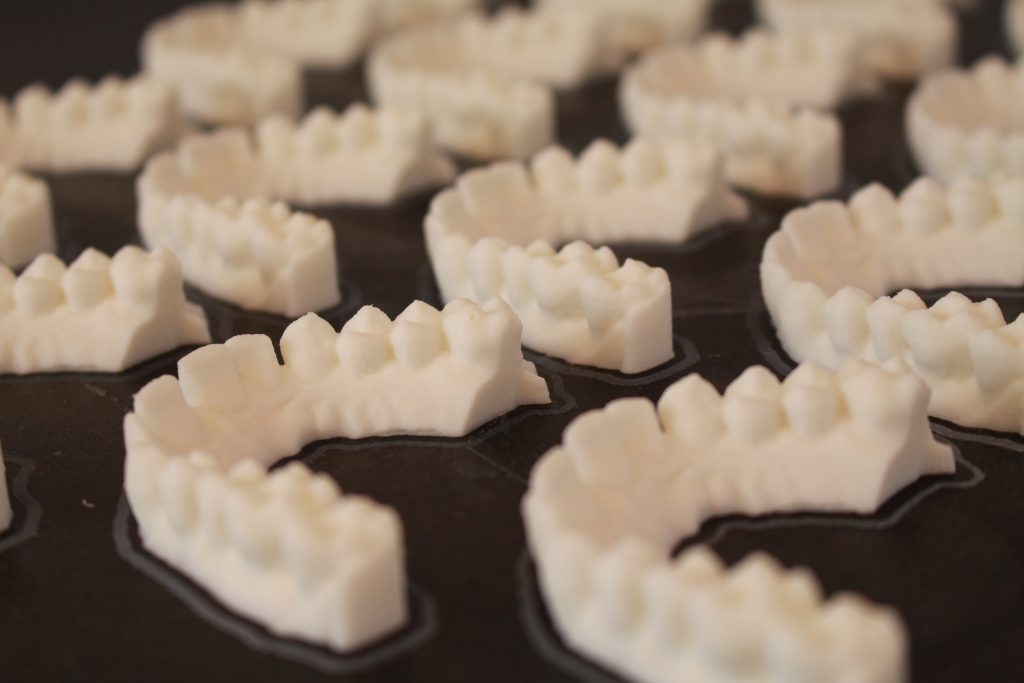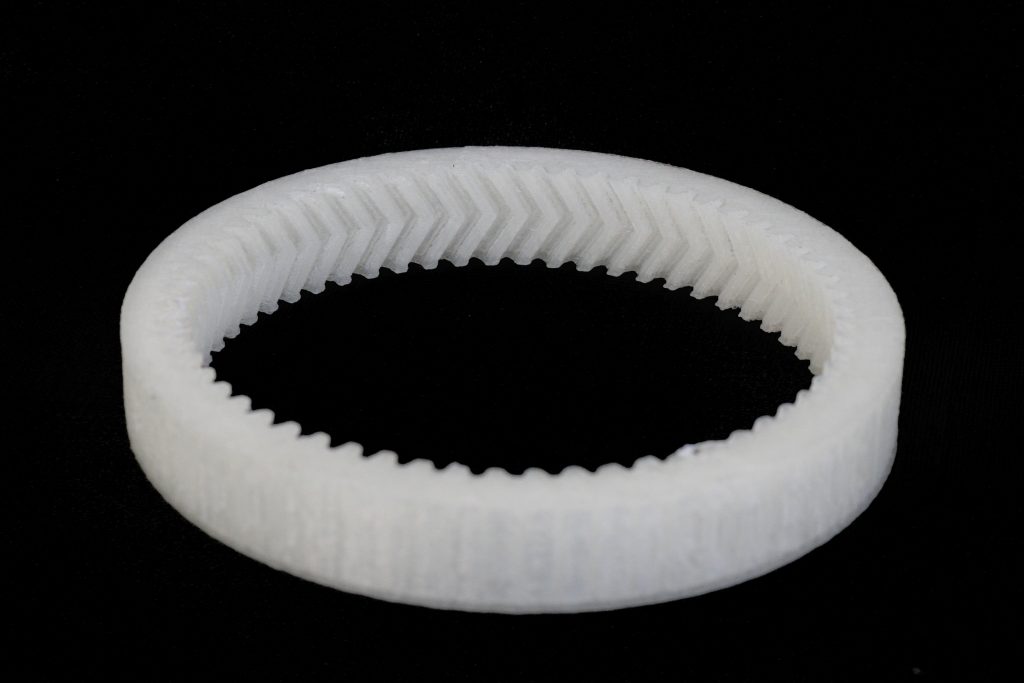3D printing, a personalized oral drug delivery device
A group of scientists from Singapore and Zurich universities published an article about 3D printing of wearable oral drug delivery devices. Sounds complicated? Worry not, the actual concept behind this research is simple and revolutionary. The authors wanted to make a customized drug delivery device, with pre-inserted medicine in one go. Such a device releases medication in a timely manner, therefore benefiting the patient. Moreover, 3D printing in pharmacy becomes closer and more affordable.
Customization of pharmacy with 3D printing
To fulfill the goal, the group used Leapfrog’s XEED 3D printer. The study aimed at the personalization of healthcare and the development of 3D printing. Did it succeed? Researchers demonstrated that it is possible to apply a 3D printer in pharmacy. Furthermore, they highlighted the possibilities of 3D printing in the industry. A 3D printer is not a luxury item, but a machine that adds a significant value of easily implemented customizations. Imagine it for yourself: complicated forms printed easily with the benefit of an implemented drug all within one device! This is something traditional manufacturers could not easily offer until now.

The Singapore-Zurich medical research has significantly added to real cases of 3D printing customization opportunities. Yes, 3D printers do not print in a speedy manner or dramatically reduce manufacturing costs when they produce a large number of products. However, they offer the opportunity to specifically treat a patient’s medical need. Customizing a medical device through 3D printing allows treating each individual’s personal illness.
3D printing helps to personalize the medicine
The customizable device stands in line with personalized medicine, which recently started to become more popular. That is why the development of new, accurate methods of diagnostics evolves along with the possibility to tailor treatment for each patient’s specific needs. Allowing one person to take the needed amount of drugs or undergo a precisely measured number of treatments, could help reduce the negative effect of medications some people experience. The study shows that 3D printers have already improved so much.
Future of 3D printing in pharmacy

3D printing in medicine has always had a fleur of the unreal futurism. Even though it is still a long way before people can use 3D printed organs in their daily lives, each step – such as 3D printing drug delivery devices – brings us closer to this future.
Read further: 3D printing in medical care
We would like to thank Dr. Leroux for helping us with the preparation of this blogpost. To read the full article, please, press here.
The post 3D printing in the medical industry appeared first on Leapfrog 3D Printers.

